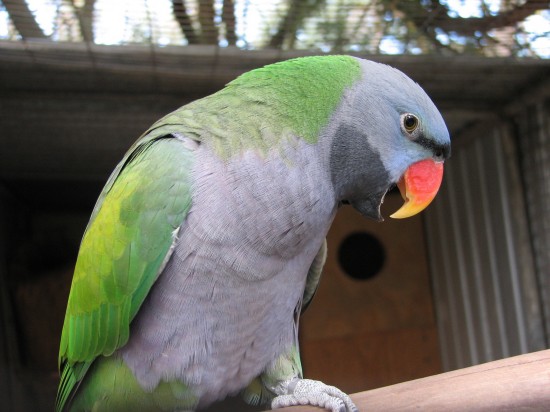If you are interested to learn more about Pet care check out the article. Learn all about the pre-preclinical research such as in vivo imaging and Ultra High-Frequency Ultrasound and Photoacoustics and get all the information that you need from Visualsonics Inc.
Dogs acquire skin tumors leading to skin cancer six times greater than cats do especially in areas such as that are more exposed to sunlight and to other infectious diseases that may subsequently allow uncontrolled growth of cells. This definition exactly pertains to cancer of any type, yet skin cancer cells?particular abnormal growth may be found in areas of the skin itself including hair follicles and glands and other connective tissues.
Middle-aged dogs that are six to fourteen years of age are mostly likely to acquire this disease. Boxers, Scottish terriers, bull mastiffs, basset hounds, weimaraners and the like are the specific breeds of dogs that usually get cancer of the skin.
Four categories of skin cancer include: epithelial tumors or tumors that involve the skin itself as well as the hair follicles, and glands; mesenchymal tumors that came from cells that support the skin such as fats, connective tissues, nerves and blood vessels; round cell tumors that has a round shape as seen under the microscope and lastly, melanomas which came from skin pigmentation cells.
Preventing skin cancer involves observing skin irritations that may be caused by fungus, parasites and other bacterial infections that need to be diagnosed immediately. It also entails guarding your dog from too much sunlight exposure most especially if the hair is think or sparse. It is always better to prevent skin cancer than to treat it for treatment may be difficult depending on the stage of skin cancer during the time it was diagnosed; the earlier the diagnosis of the skin cancer, the greater probability of treating it or preventing it to grow more.
In-depth diagnosis of skin cancer should be made and among the series of tests include: cytology, biopsy which may be in the form of punch biopsy which is performed when the skin mass sample are taken near the surface of the skin needle biopsy employed when taking a tissue located in the core tissue from a mass that is separate in parts; incision mass where only a part of the tumor is removed for further study and evaluation; and excision biopsy that refers to excision of the whole tumor with some margin of normal tissues.
Furthermore, complete blood count to evaluate the normal number of red blood cells, white blood cell as well as blood platelets may be done. Serum chemistry profile that aims to evaluate the dog抯 entire health condition, urinalysis, and chest x-rays, special stains that aims to determine what specific type of tumor has been seen, buffy coat test that is only administered when there抯 diagnosed mast cell tumor and lymph node evaluation complete the diagnostic procedures in determining whether the condition is skin cancer.
Some of these diagnostic procedures require a combination of another diagnostic testing since some may yield less accurate results especially in determining prognosis and type of treatment such as the special stain diagnostic test. It is therefore wise to consult the veterinarian first before subjecting your dog to any kind of treatment.

 Grooming Your Pony
Grooming Your Pon
Grooming Your Pony
Grooming Your Pon
 What Is A High Drive Dog?
What Is A High Dr
What Is A High Drive Dog?
What Is A High Dr
 How To Make Sure Pet Birds Are Kept Warm During The Winter
How To Make Sure
How To Make Sure Pet Birds Are Kept Warm During The Winter
How To Make Sure
 Top Vets for your lovely pets in Coquitlam
Top Vets for your lovely pets in Coquitlam
Pet
Top Vets for your lovely pets in Coquitlam
Top Vets for your lovely pets in Coquitlam
Pet
 How to Determine Animal clinic in Your Area
How to Determine Animal clinic in Your Area
Ta
How to Determine Animal clinic in Your Area
How to Determine Animal clinic in Your Area
Ta